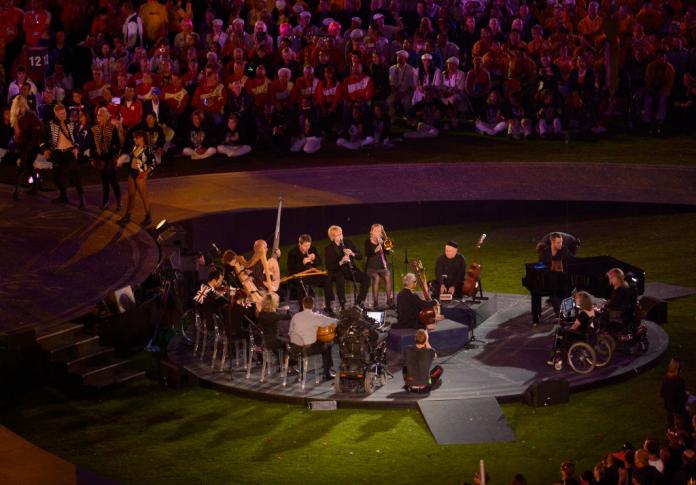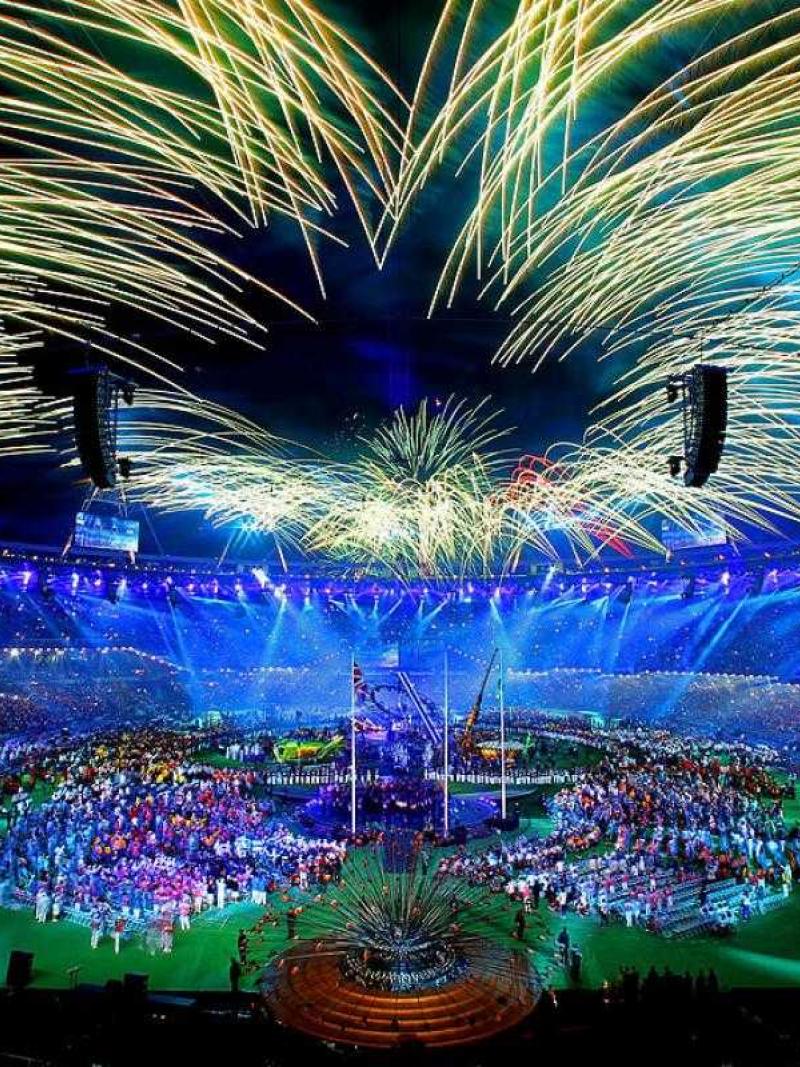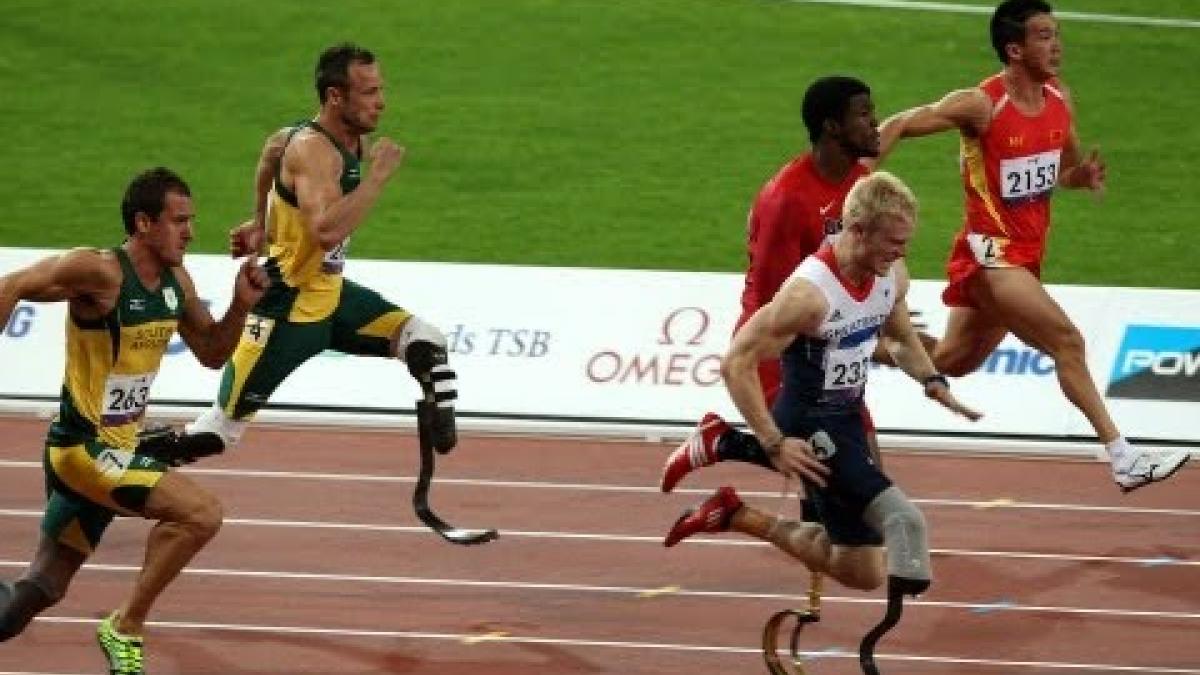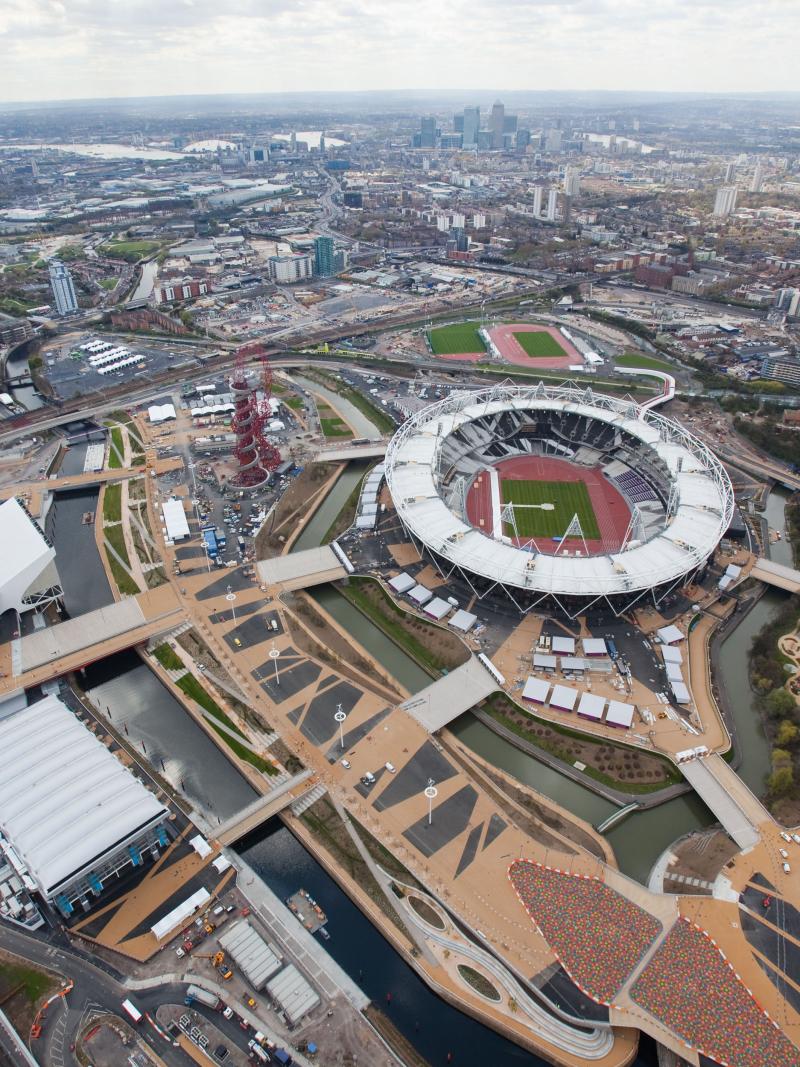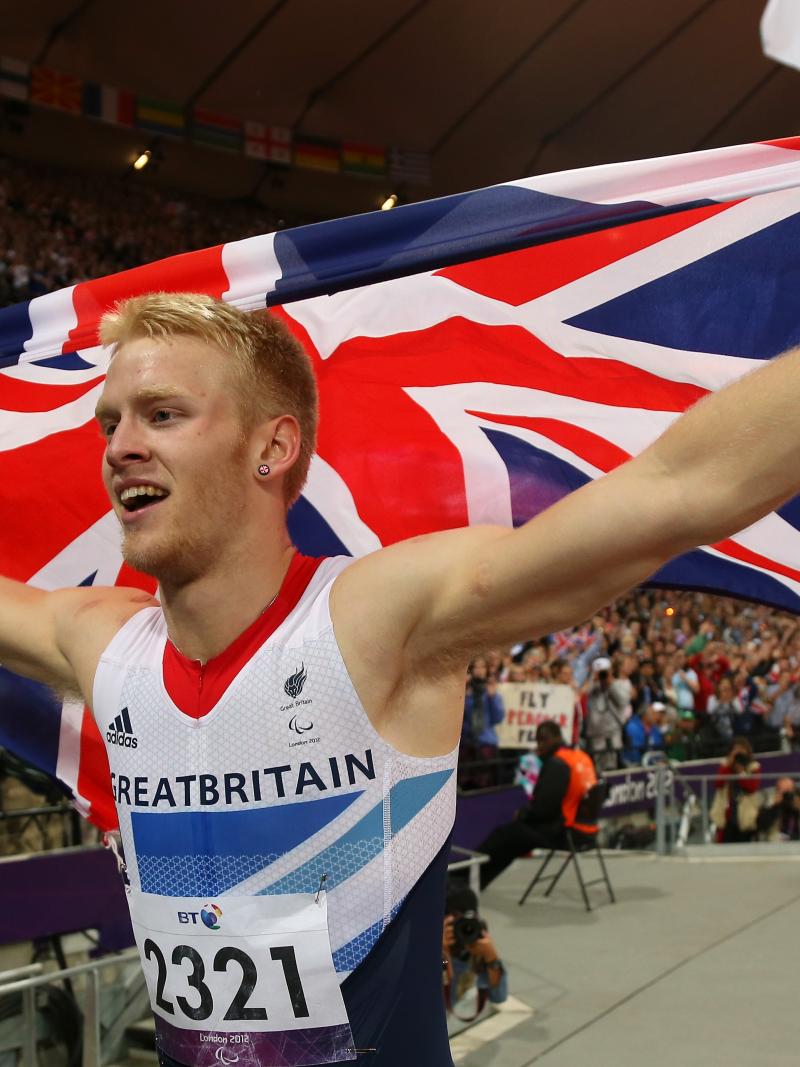Paraorchestra thriving 10 years on from London 2012 launch alongside Coldplay
A decade after playing their first ever gig in front of millions and with one of the world’s biggest bands, the Paraorchestra has evolved into a distinctive, modern and hugely popular phenomenon 29 Aug 2022For associate music director Lloyd Coleman, the critical point to stress when discussing the Paraorchestra is their exceptional music.
Frankly, it is not something he needs to worry about, and it may not need saying to anyone who has ever heard any of their wildly varied output.
The Paraorchestra, describing itself as the world’s only large-scale virtuoso ensemble of professional disabled and non-disabled musicians, released their first album in April this year in collaboration with artist Hannah Peel. It swiftly went to No.1 in the UK’s classical album chart.
“That was a very proud moment for us – people buying that album, downloading that music and enjoying it on its own terms, not in a kind of, ‘Oh, we’ll support the Paraorchestra as a thing that is worthy,’” Coleman said with a smile.
London 2012: The big break
The brainchild of renowned British conductor Charles Hazlewood, the UK-based reinvention of the orchestra for the 21st century bounded on to the global stage during the Closing Ceremony of the London 2012 Paralympic Games.
Not a bad first gig.
“To have played a role and to have been part of the curtain-down ceremony on that whole summer of sport, and the amazing impact that the Paralympics had on perceptions of disabled sport and disability in general in the UK – it still gives me a glow inside to think about,” said Coleman, who was on stage playing the clarinet.
“The thing I remember the most is that the whole floor of the stadium vibrated and rumbled with the noise. A phenomenal occasion.”
Sharing not just the limelight but rehearsal space with singer Chris Martin and the rest of Coldplay was not bad either.
“The band were incredibly generous and likeable and interested and curious, all the things you want them to be in a process like that,” Coleman said. “They were already global superstars but you wouldn’t know that from being in the room with them. They had a very humble, open-hearted, collaborative approach to making music with the members of the Paraorchestra.”
Making music accessible
The intention was always to use such a rocket-powered start to fuel genuine change for disabled professional, or wannabe professional, musicians. Social attitudes, physical barriers and often sheer logistics have long made classical music a tough world for those with impairments.
Sending out sheet music early and in Braille and/or large print has helped make Paraorchestra a truly accessible entity. But even more importantly, the group has been propagating a change in attitude and, therefore, approach.
“We are really lucky to have an incredibly hard-working and detail-driven production team,” Coleman said. “Of course, we have the artistic leadership of Charles (Hazlewood) but behind the scenes we have a team of producers and coordinators and staff, who through everything they do think about how they can make the work and arrangements as accessible as possible.”
At the same time, it has been just as crucial to continually look after the balance of a band that boasts a stable core of 40 deaf or disabled professional musicians with other talent woven into each project on a rotating basis.
“Looking back now there was a risk when we first launched the project that the Paraorchestra could be seen (as) or could become another ‘ghetto’ for disabled musicians: disabled musicians making music in their own group,” said Coleman, who has vision and hearing impairments.
“But I am really pleased to say we have made a really big point of making sure all our projects are inclusive of disabled and non-disabled musicians, so it can be making music together.
“That is the beautiful thing about music, it’s a very inclusive and universal language.”
A glittering decade
In the 10 years since trading notes with Coldplay, the Paraorchestra has regularly swapped festival stages – including multiple Glastonbury appearances – for concert halls, and recording studios for street gigs.
Now based in Bristol, the ensemble is supported by England’s Art Council and a number of other partners and charities. After recently headlining the popular Bluedot festival in northern England, and with live music firmly back on the agenda following the hardships of the Covid-19 pandemic, the future is looking bright for the Paraorchestra.
Even if they will never forget their first gig.
“There was a hope, a vision that the Paraorchestra would continue to grow and it definitely has,” Coleman said. “It definitely feels like the Paraorchestra has found a place in the cultural landscape and is carving out a very distinctive, artistic voice.”

 Facebook
Facebook
 Instagram
Instagram
 Twitter
Twitter
 Youtube
Youtube
 TikTok
TikTok
 Newsletter Subscribe
Newsletter Subscribe


